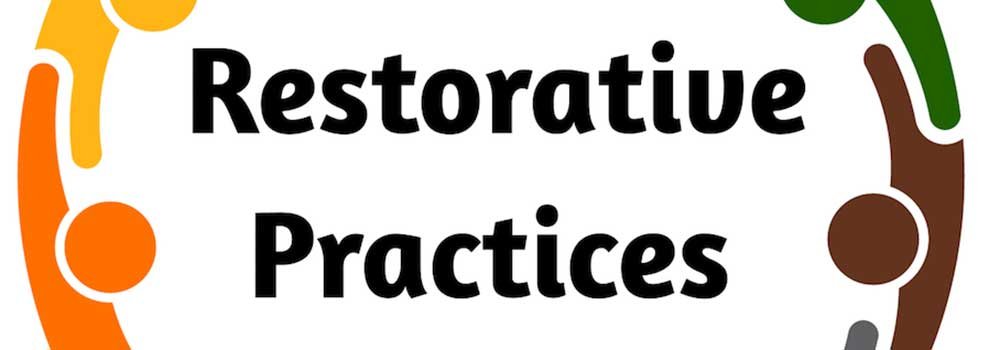Restorative practices are a way to help schools and communities heal from harm. They can be used in many different settings, including schools. In this article, we will explore what restorative practices are and how they can be used to help schools and communities heal from harm.
What Are Restorative Practices?

Restorative practices are a type of intervention used in schools to help restore relationships that have been damaged. Restorative practices involve working with individuals and groups to identify and address the problems that led to the conflict. This can involve meetings, dialogue, and reflection. Often, restorative practices are used after a conflict has occurred. They aim to help people feel safe again, learn from their mistakes, and build stronger relationships.
Restorative practices are often used in schools because they help smooth over conflicts and build trust. They can also help students learn from their mistakes. In addition, restorative practices can be customized to fit the needs of each school community. This means that they can be used in a variety of settings, including traditional schools and alternative schools.
Who Can Use These Practices?
Restorative practices can be used in schools by anyone who wants to improve the school climate. These include students, teachers, administrators, and parents.
Some of the benefits of implementing restorative practices are that they can help rebuild relationships, prevent further conflict, and promote learning. They can be used by students of all ages and abilities, as well as educators of all levels. As long as there is a desire to improve the school climate, restorative practices are an effective way to do so.
Why Should You Implement Them?
Restorative practices are a way to help restore broken relationships between people. There are several reasons why you might want to restorative discipline practices in schools.
1. They can help prevent violence and conflict from happening.
2. They can help improve cohesion and communication within the school community.
3. They can help create a sense of trust and understanding between students and teachers.
4. They can help build a better understanding of the consequences of behavior.
What Are the Benefits of Implementing Restorative Practices?
Restorative practices are a way to help people who have been hurt feel safe and understood. They involve talking about the problem and trying to find a solution together. There are many benefits to implementing restorative practices in schools, including:
-Reducing conflict and tension in the school community
-Helping students learn from their mistakes
-Creating a more positive environment for learning
-Preventing violence and crime from happening
-Reducing bullying and harassment.
If you’re interested in learning more about how to implement restorative practices in school, there are several resources available. You can find information on the websites of organizations like the United States Department of Justice and the Canadian Association for School Resource Officers.
Implementing restorative practices is a powerful way to help schools and communities heal from harm. if you’re interested in learning more, be sure to contact your local school board or school resource officer.



